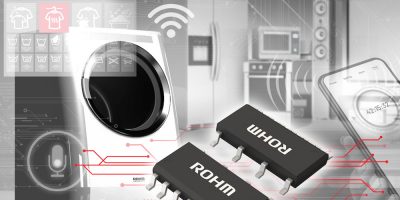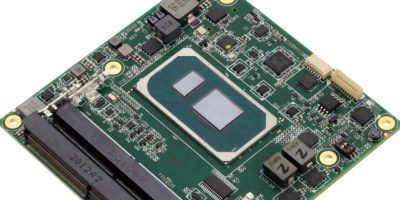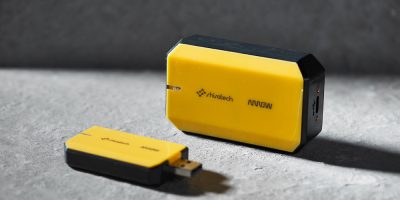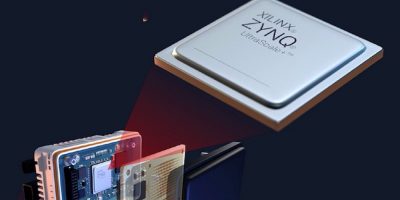Integrated integrated zero cross detection ICs in Rohm’s BM1ZxxxFJ series are optimised for home appliances such as vacuum cleaners, washing machines, and air conditioners.
Domestic appliances are with communication functionality (i.e. Wi-Fi) are required to be always-on to maintain communication. At the same time, manufacturers are required to reduce standby power consumption to around 0.5W. This calls for lower standby power consumption by the motor and power supply blocks along with innovative new technologies, says Rohm.
Many appliances require a zero cross detection circuit for detecting the 0V point (zero cross point) of the AC waveform in order to provide efficient control of both motors and microcontrollers. Conventional zero cross detection circuits, however, use a photocoupler that accounts for nearly half of the standby power of the entire system.
This prompted Rohm to develop what is believed to be the first integrated zero cross detection solution for power supplies in the home appliance sector. The integrated zero cross detection IC provides designers a turnkey zero cross detector without the need for a complex design using discrete components. It does not use a photocoupler and therefore further reduces standby current consumption and increases long-term reliability, says Rohm.
The BM1ZxxxFJ series reduces standby power consumption of the zero cross circuit to just 0.01W while continuously powering the system. The error in delay time (which varies depending on the AC voltage) that exists with conventional photocoupler-equipped zero cross detection circuits is limited to ±50 micro seconds or less. This allows for the efficient drive of motors, even with the different AC supply voltages used in various countries and regions, as well as microcontrollers. At the same time, eliminating the need for a photocoupler contributes to greater application reliability by reducing risks related to age-based degradation.
Both pulse and edge waveforms used in home appliance specifications are supported by the BM1ZxxxFJ series, eliminating the need for software changes when replacing conventional zero cross detection circuits. There are six models in the series.
An integrated zero cross detection IC development board integrates a power supply for driving the integrated zero cross detection IC to simplify the decision making process for designers considering replacing existing circuits using a photocoupler.
The BM1ZxxxFJ series is available now.







